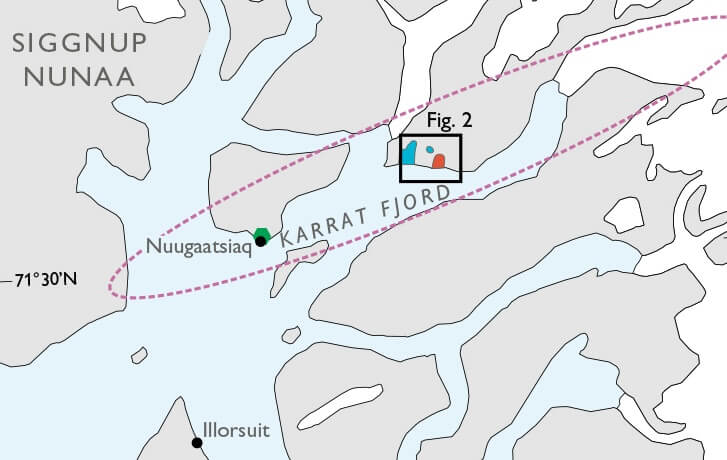
How to Cite
Share
Abstract
The landslide of 17 June 2017 at Karrat Fjord, central West Greenland, triggered a tsunami that caused four fatalities. The catastrophe highlighted the need for a better understanding of landslides in Greenland and initiated a recent nation-wide landslide screening project led by the Geological Survey of Denmark and Greenland (GEUS; see also Svennevig (2019) this volume).
This paper describes an approach for compiling freely available data to improve GEUS’ capability to monitor active landslides in remote areas of the Arctic in near real time. Data include seismological records, space borne Synthetic Aperture Radar (SAR) data and multispectral optical satellite imagery. The workflow was developed in 2018 as part of a collaboration between GEUS and scientists from the Technical University of Denmark (DTU). This methodology provides a model through which GEUS will be able to monitor active landslides and provide relevant knowledge to the public and authorities in the event of future landslides that pose a risk to human life and infrastructure in Greenland.
We use a minor event on 26 March 2018, near the site of the Karrat 2017 landslide, as a case study to demonstrate 1) the value of multidisciplinary approaches and 2) that the area around the landslide has continued to be periodically active since the main landslide in 2017.










